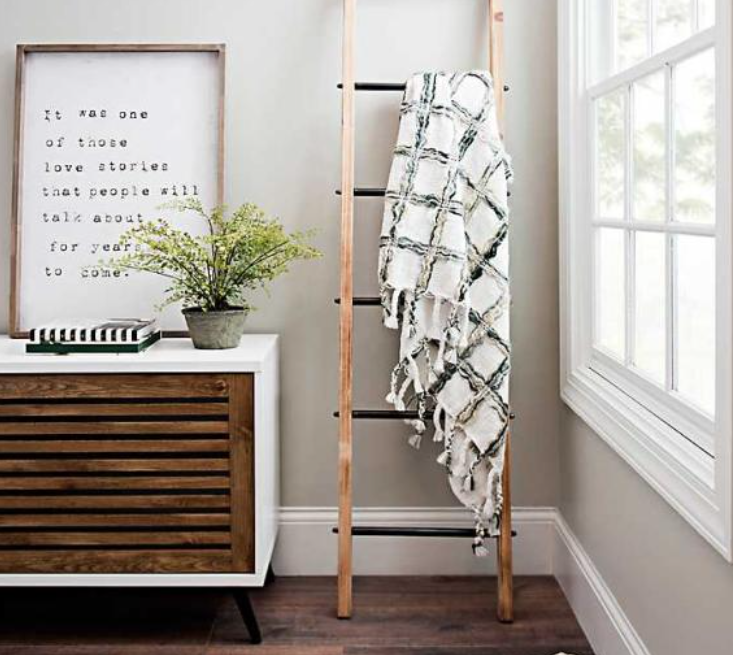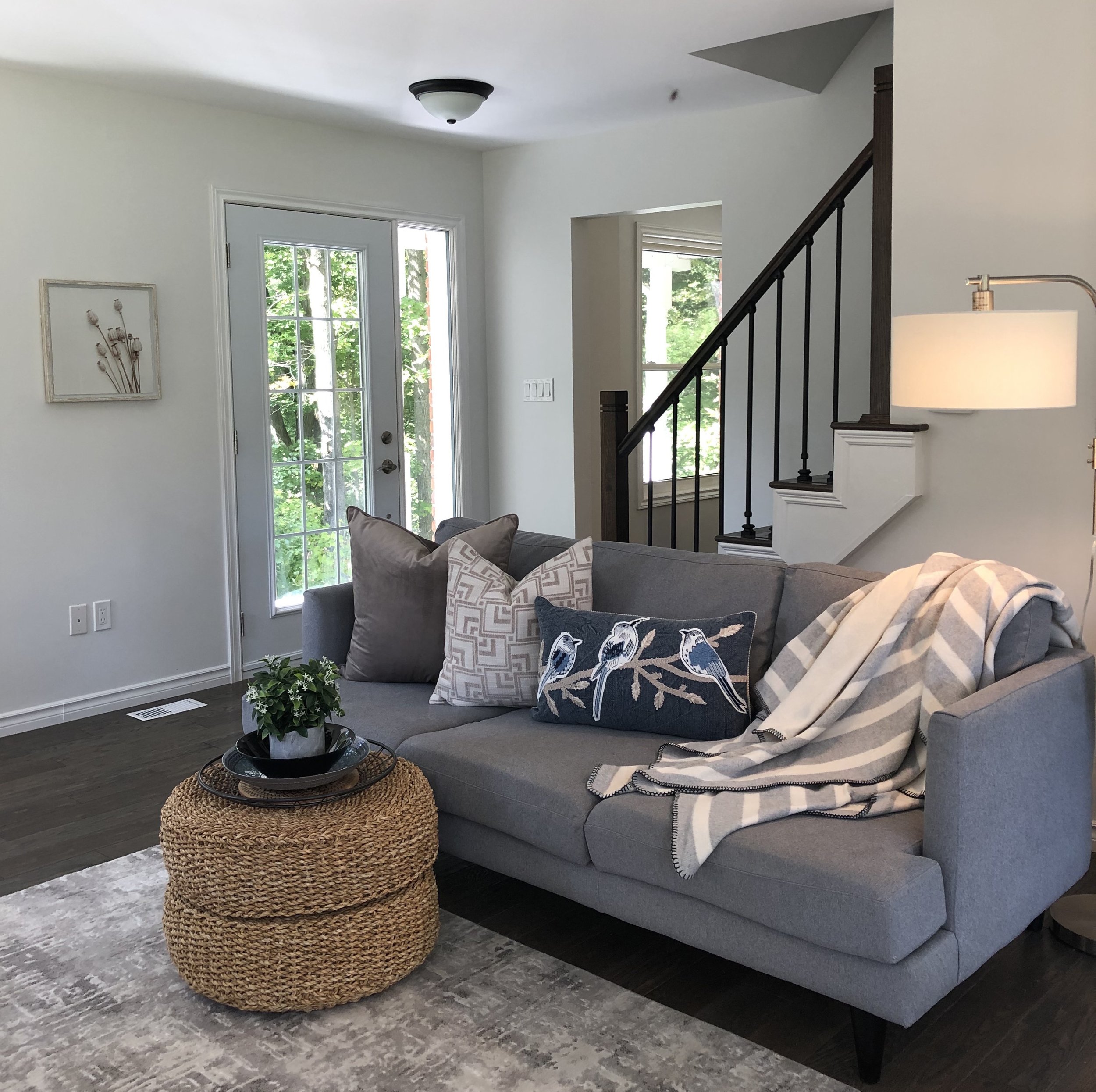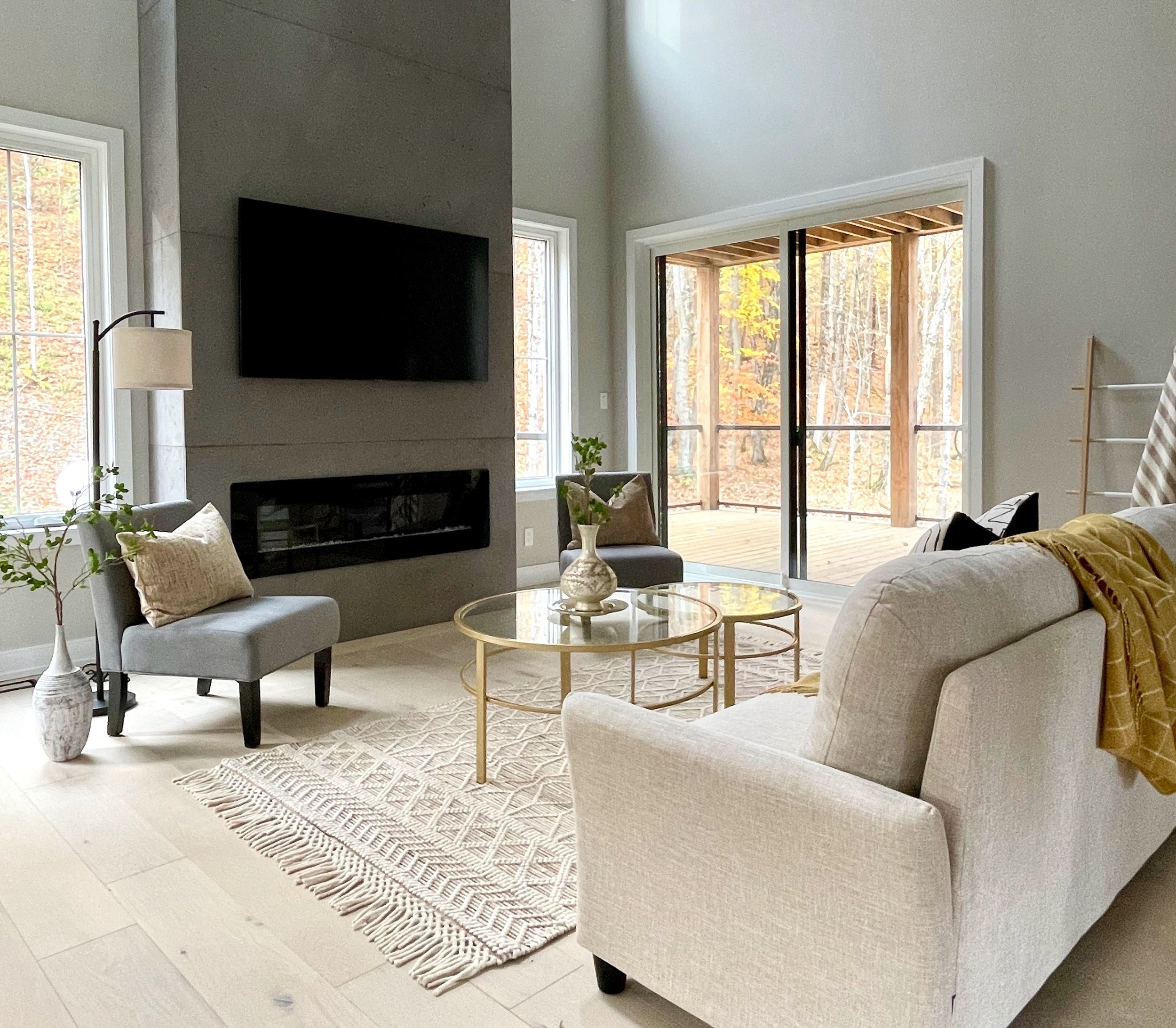Home staging one of the most powerful and effective marketing strategies to sell your home fast and for top dollar. Once you’ve decided to invest in the process, it all starts with the consultation. Depending on where you live, the fee for a consultation can range but they are generally between $200-$350.
Here’s an overview of what to expect:
Walk and Talk
After the meet and greet, a home staging consultation starts with an interior walkthrough of the home. The staging professional will take their time going through each room in the home. This is our chance to see things through the buyer’s eyes to determine what kind of first impression the home would provide and observe what changes need to be made to make it more appealing. The seller is generally along for the ‘walk and talk’. This helps us to determine what recommendations they may (or may not) be willing to undertake, timelines, available support, budget, etc. The duration of the ‘walk and talk’ can vary but is generally 30-45 minutes.
A review of the home’s curb appeal
The first impression starts at the curb. Some buyers won’t even bother going inside if they don’t like what they see when they drive up. After the interior ‘walk and talk’, a home stager will give your home’s exterior curb appeal a review as well pointing out any repairs and changes that need to be made. We’ll suggest things such as landscaping ideas, general maintenance and even paint colour suggestions to make the strongest impression possible.
Discussion about the home’s target market
Home staging is just like packaging a product. To know how to package it in a way that will attract the consumer, it’s critical to know your target market. Home stagers work directly with real estate agents and spend time learning and studying the trends so we can “package” (or stage) each home as effectively as possible. Not only do we know the trends in the market as a whole, but we also know how to appeal to specific demographics, such as families versus singles.
Action Plan
Walk & Talk Recap
After the consultation, your stager will prepare and send you a detailed recap of what was discussed via the consultation. For convenience, this is generally a room-by-room summary which can include recommendations re decluttering, depersonalizing, cleaning, painting, small repairs, furniture arrangement, etc. Expect this to be a detailed report since the stager’s obligation is to bring all condition items to your attention to give you the best chance of selling your home. Ultimately, you will decide what items you want to address based on time, budget, support, etc.
Referral to the Trades
Since most stagers partner with local professionals to provide various services, they are able to make qualified referrals to assist you (if necessary). Some rooms may only require a little bit of work while others require more extensive staging and changes to impress buyers.
Staging Quote
Finally, the stager will prepare a quote for you outlining the cost to showcase (stage) your home once all of the recommendations have been completed. Showcasing is the final, most important, step where decorative touches are put in place to make sure the buyer instantly connects with your property!
Thinking of selling? Book a staging consultation with me!

































